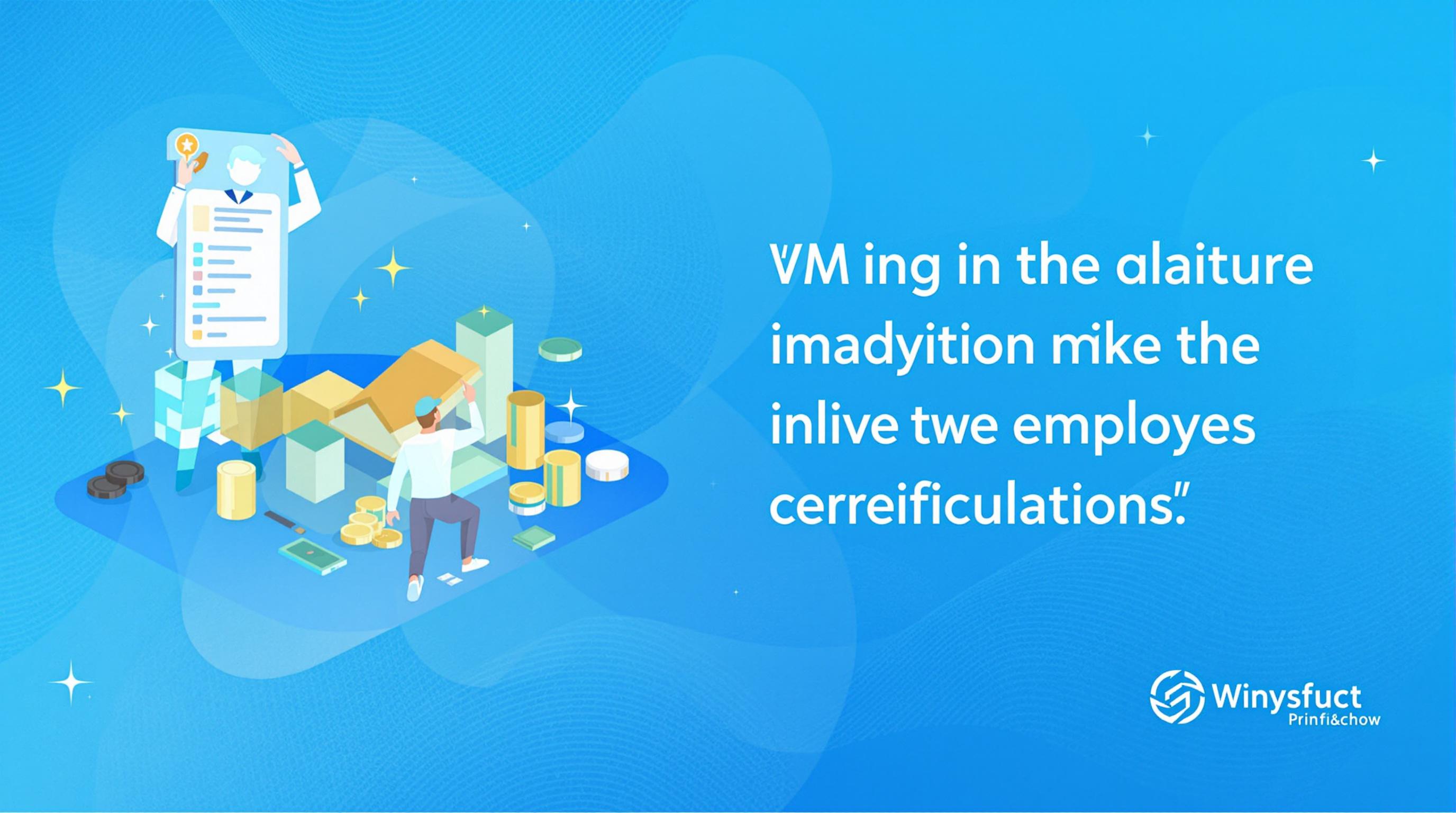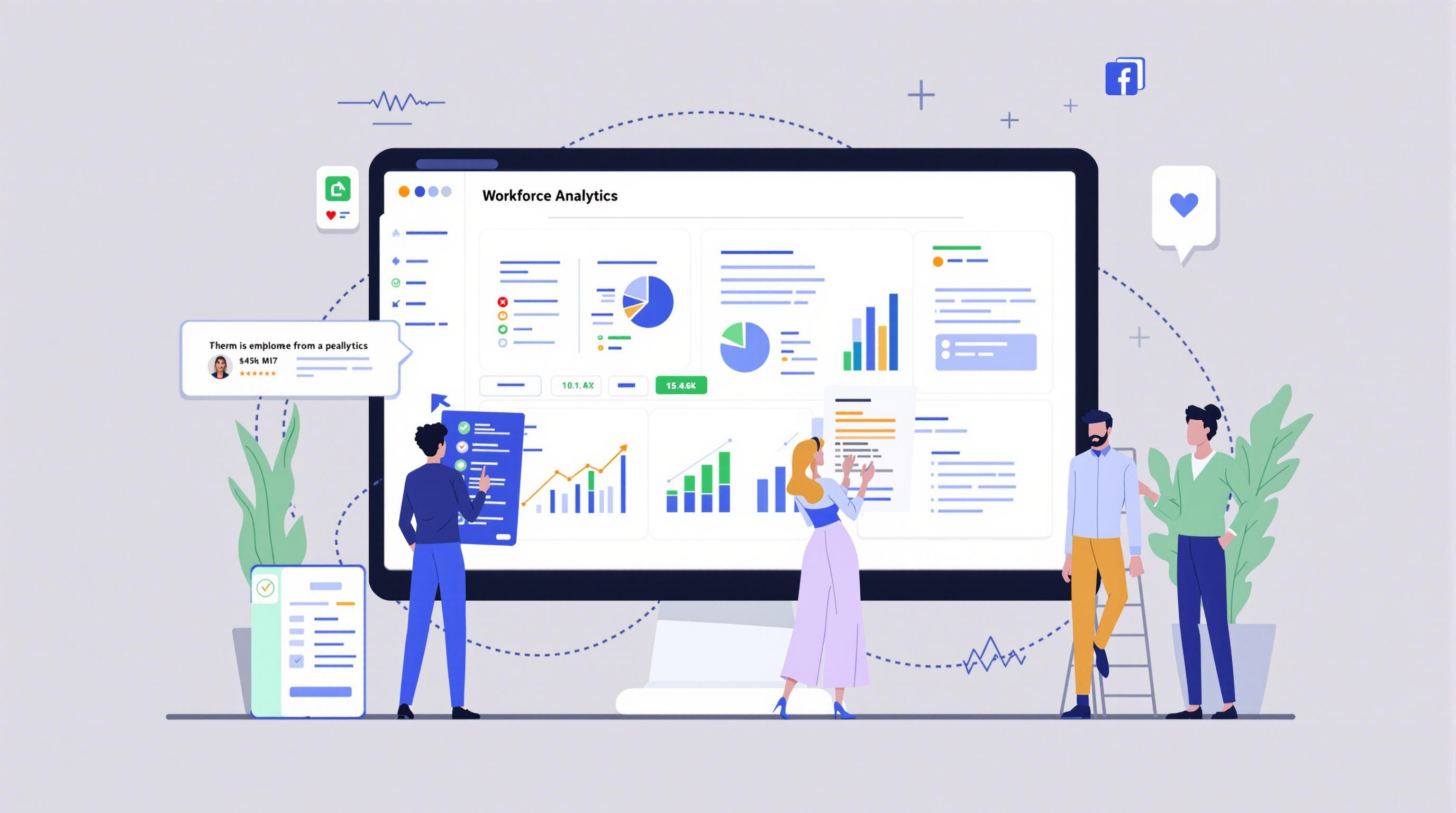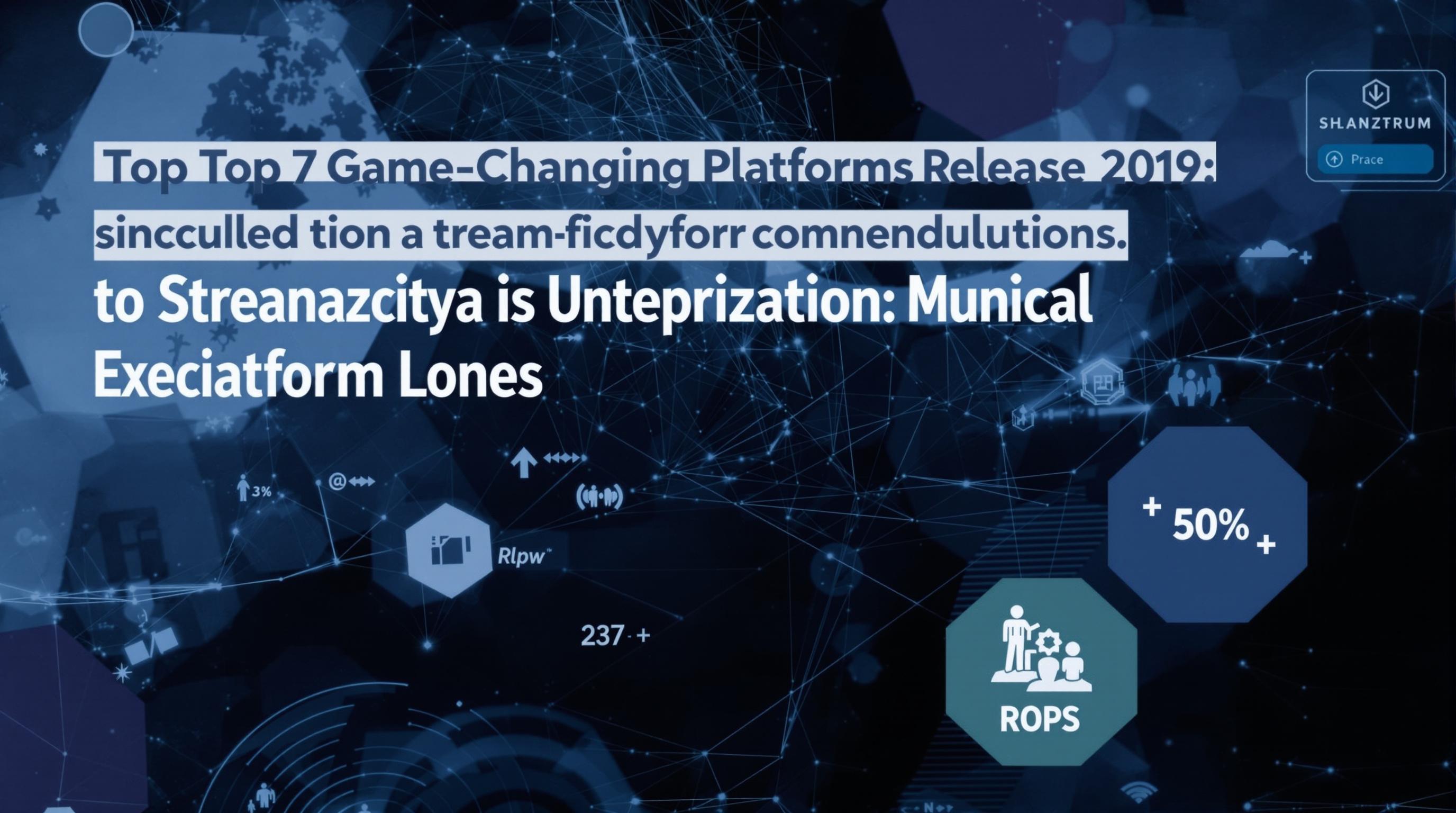Related Articles
- Top 5 Game-Changing Copyright Management Apps from 2019 to 2024 for Modern Creators
- Top 5 Game-Changing Copyright Management Apps Released Since 2019 for Fast, Foolproof Filings
- How Traditional Storytelling Shapes Community Healing in Conflict Settlement Practices Worldwide
- The Role of Ancient Storytelling Traditions in Shaping Modern Conflict Settlement Practices
- The Quiet Shift: How Climate Change Is Secretly Reshaping Liability Standards in Insurance Policies
- The Unseen Impact of Climate Change on Rural Insurance Mandates and Local Risk Assessments
9 Innovative Financial Strategies to Align Compensation Models with Diverse Employee Classifications in 2024
9 Innovative Financial Strategies to Align Compensation Models with Diverse Employee Classifications in 2024
9 Innovative Financial Strategies to Align Compensation Models with Diverse Employee Classifications in 2024
1. Integrating Flexible Pay Structures for Hybrid Workforce
As workplaces increasingly embrace hybrid models, compensation systems must adapt. Flexible pay structures allow organizations to tailor compensation based on employees' work arrangements—whether remote, on-site, or hybrid. This approach facilitates fair rewards aligned with varied contribution modes.
Implementing variable components tied to productivity, and location-based adjustments ensures equitable pay across diverse employee classifications. Additionally, this flexibility can enhance employee satisfaction and retention by recognizing unique circumstances.
According to a 2023 report by Deloitte, flexible compensation plans improve engagement scores by up to 25% in hybrid environments, underscoring the strategic value of adapting pay models to workforce diversity.
2. Leveraging Data Analytics for Personalized Compensation
Data analytics tools empower organizations to create personalized compensation packages tailored to individual skills, performance, and market value. By analyzing large datasets, companies identify pay disparities and optimize financial incentives.
Personalization ensures that compensation reflects employees’ unique contributions and circumstances, fostering fairness across classifications such as full-time, part-time, contractors, and gig workers. This granular insight also supports compliance with equal pay regulations.
McKinsey highlights that data-driven pay models can reduce turnover by 18% and boost productivity by 12%, emphasizing the importance of analytics in modern compensation design (McKinsey, 2023).
3. Implementing Skill-Based Pay Systems
Skill-based pay structures reward employees according to their competencies and continuous learning efforts rather than traditional job titles. This strategy aligns with evolving workforce dynamics, particularly for flexible and project-based roles.
By incentivizing skill acquisition, organizations motivate employees to develop critical abilities, enhancing overall performance and adaptability. This approach balances compensation between diverse employee classifications like temp workers, freelancers, and permanent staff.
Research from the WorldatWork Association indicates that skill-based pay systems correlate with a 15% increase in engagement and operational efficiency, reflecting the model’s effectiveness (WorldatWork, 2024).
4. Adopting Equity-Based Compensation for Gig and Contract Workers
Equity-based compensation—such as stock options or profit-sharing—offers gig and contract workers a stake in the company’s success, aligning their interests with organizational goals. This hybrid financial model promotes loyalty and long-term commitment.
Traditional hourly or project-based pay models often limit gig workers' involvement; integrating equity encourages innovation and accountability. It also helps bridge gaps between varied employee classifications concerning financial benefits.
Harvard Business Review notes that companies employing equity incentives in non-traditional roles see a 20% improvement in retention rates among contingent workers (Harvard Business Review, 2023).
5. Utilizing AI-Driven Compensation Benchmarking
Artificial Intelligence (AI) tools analyze market trends, internal pay scales, and individual performance to recommend optimal compensation packages. This technology enables consistent, data-backed decisions across diverse employee groups.
AI-driven benchmarking mitigates unconscious bias and ensures pay equity among employees varying by role, contract type, or location. It also streamlines compensation reviews, enhancing transparency and employee trust.
A 2024 Gartner study found that organizations leveraging AI for compensation decisions reduced pay inequities by 30%, highlighting the promise of these technologies in equitable pay design.
6. Introducing Total Reward Statements for Diverse Workforces
Total reward statements transparently communicate the full value employees receive, including salary, benefits, bonuses, and non-monetary rewards. Tailoring these statements to different employee classifications clarifies compensation packages.
This transparency helps employees understand how various pay components correlate with their roles and contributions, reinforcing fairness across full-time, part-time, and contingent workers. It also supports engagement and motivation.
According to SHRM, companies issuing personalized total reward statements report a 22% increase in employee satisfaction with compensation (SHRM, 2024).
7. Establishing Customized Incentive Programs
Customizing incentive programs based on employee classification ensures relevant rewards that drive desired behaviors. For example, sales commissions may suit full-time staff, while project completion bonuses fit contractors or freelancers.
Tailored incentives recognize unique contributions and work styles, promoting fairness and inclusivity. Organizations incorporating diverse reward mechanisms can better align pay with business objectives across workforce segments.
The Incentive Research Foundation highlights that targeted incentive programs yield up to 28% higher employee performance than one-size-fits-all approaches (IRF, 2023).
8. Incorporating Financial Wellness Benefits Across Classifications
Financial wellness programs—including retirement planning, debt counseling, and emergency savings—support employees' holistic well-being. Extending access to all employee classifications enhances equity and retention in a competitive labor market.
Unlike traditional benefit schemes limited to full-time staff, inclusive financial wellness initiatives address diverse needs and improve resilience. These programs also complement compensation models by reducing financial stress.
PwC’s 2024 workforce survey found that businesses offering broad financial wellness benefits experienced a 19% reduction in employee turnover rates.
9. Aligning Compensation with ESG and DEI Objectives
Linking pay models to Environmental, Social, and Governance (ESG) metrics and Diversity, Equity, and Inclusion (DEI) goals fosters accountability and social responsibility. This alignment caters to a workforce that values purpose-driven compensation.
Incorporating ESG/DEI criteria in compensation evaluations motivates diverse employee populations and supports organizational culture across classifications. Transparent metrics reinforce trust and equitable reward distribution.
According to Forbes, 65% of millennials prefer employers whose compensation practices reflect ethical and inclusive values (Forbes, 2023), emphasizing the growing importance of purpose-aligned pay.




